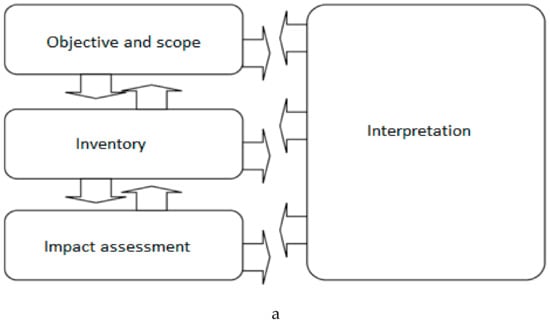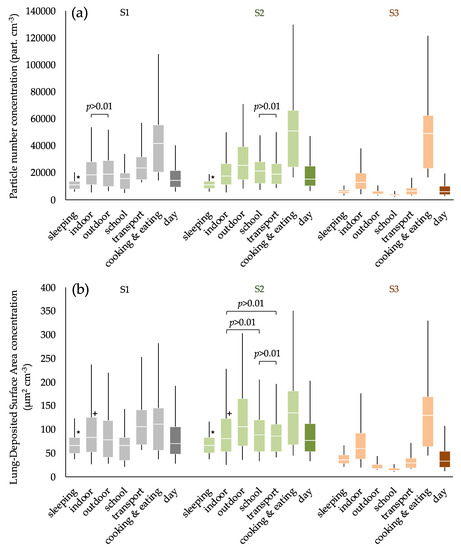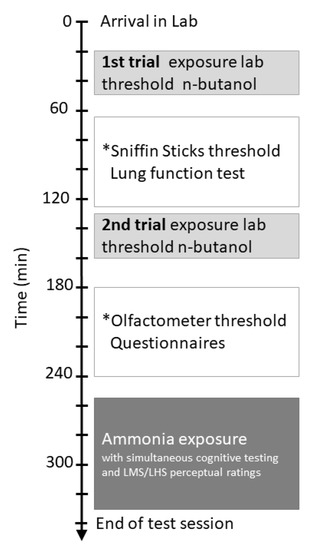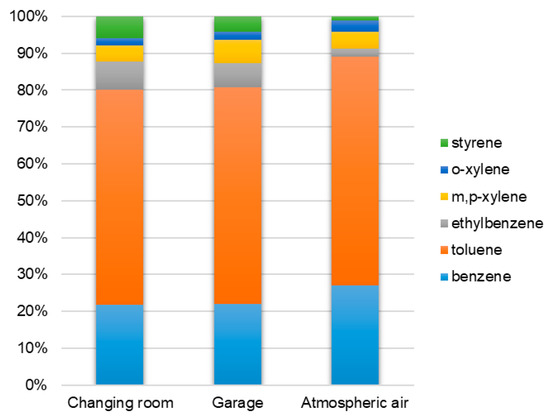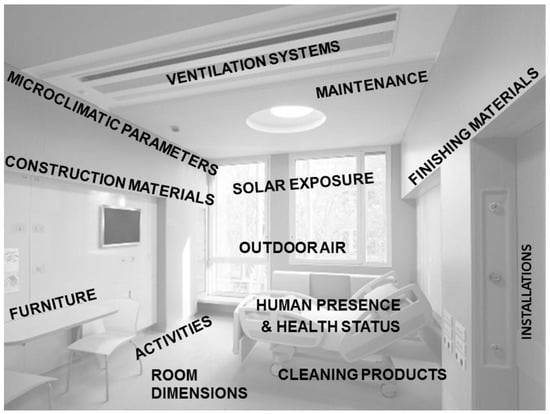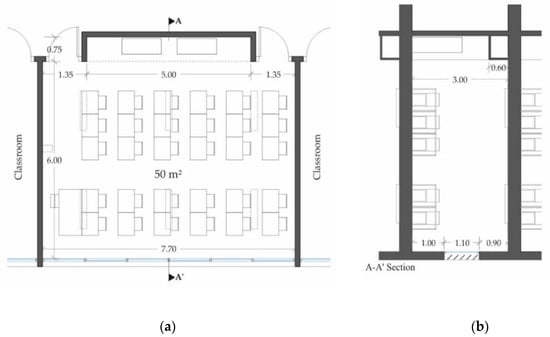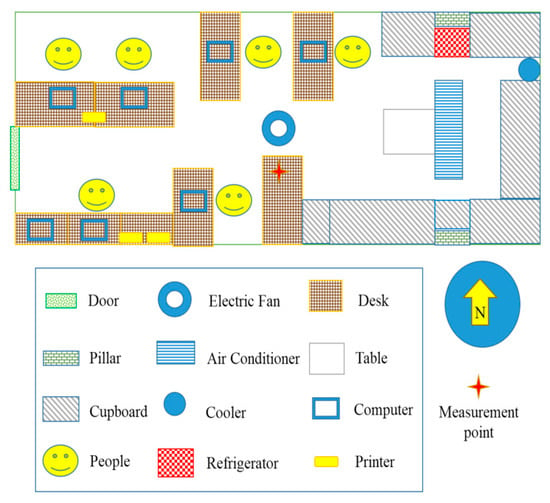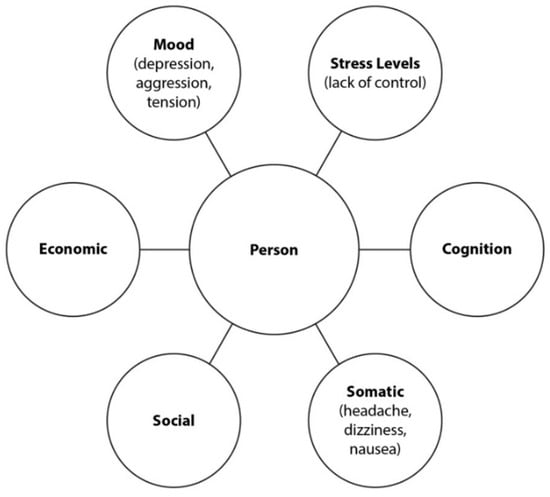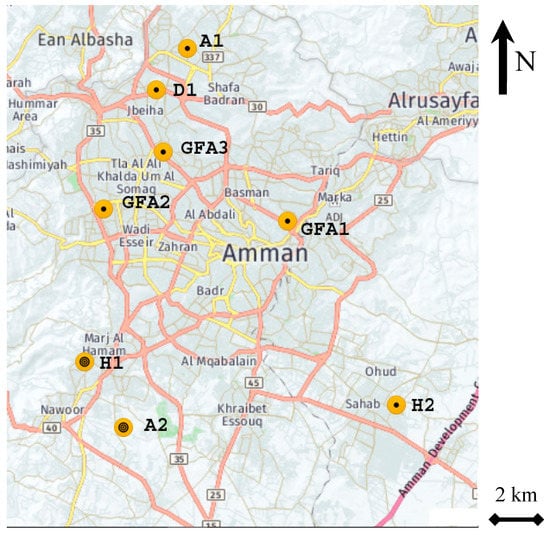Indoor Air Quality: From Sampling to Risk Assessment in the Light of New Legislations
A topical collection in Atmosphere (ISSN 2073-4433). This collection belongs to the section "Air Quality".
Viewed by 108240Editors
2. Institute of Atmospheric Pollution Research, Division of Rome, c/o Ministry of Environment and Energy Security, 00147 Rome, Italy
Interests: air pollution; smoke
Special Issues, Collections and Topics in MDPI journals
Interests: indoor air quality; environment; human health; particle matter; volatile organic compounds; public health
Special Issues, Collections and Topics in MDPI journals
Topical Collection Information
Dear Colleagues,
Indoor Air Quality (IAQ) is an important issue rising during these last two decades. First, the studies were aimed to avalutate the risk in the industrial areas but now the attention is focused on the IAQ evaluation in residential and non residential buildings (e.g., house, schools, public offices, etc.). Sensitive sub-population, i.e. elderlies, children, pregnant women, may be affected by diseases caused by exposire to old/new indoor pollutants. Particular attention should be given to new compounds because in many cases their health effects are still unknown. Starting from these considerations some new regulations/guidelines have been set up since few years: such regulations are different worldwide as well as the compounds regulated.
This Special Issue would like to deep the Indoor Air Quality evaluation in the light of the new legislations worldwide. Contributions related to new instruments for studying airborne and gaseous pollutants, new sampling and analysis methodologies, are wellcome as well as the modeling of the pollutant behavior in indoor and in buildings or the study of the (toxicological and not) effects of new pollutants on the biological systems are examples of topics of interest in this Special Issue.
Prof. Dr. Pasquale Avino
Dr. Gaetano Settimo
Guest Editors
Manuscript Submission Information
Manuscripts should be submitted online at www.mdpi.com by registering and logging in to this website. Once you are registered, click here to go to the submission form. Manuscripts can be submitted until the deadline. All submissions that pass pre-check are peer-reviewed. Accepted papers will be published continuously in the journal (as soon as accepted) and will be listed together on the collection website. Research articles, review articles as well as short communications are invited. For planned papers, a title and short abstract (about 250 words) can be sent to the Editorial Office for assessment.
Submitted manuscripts should not have been published previously, nor be under consideration for publication elsewhere (except conference proceedings papers). All manuscripts are thoroughly refereed through a single-blind peer-review process. A guide for authors and other relevant information for submission of manuscripts is available on the Instructions for Authors page. Atmosphere is an international peer-reviewed open access monthly journal published by MDPI.
Please visit the Instructions for Authors page before submitting a manuscript. The Article Processing Charge (APC) for publication in this open access journal is 2400 CHF (Swiss Francs). Submitted papers should be well formatted and use good English. Authors may use MDPI's English editing service prior to publication or during author revisions.
Keywords
- indoor air quality
- sampling
- determination
- modeling
- residential, non-residential and industrial
- human health
- biological systems
- risk assessment
- guidelines
- regulations








